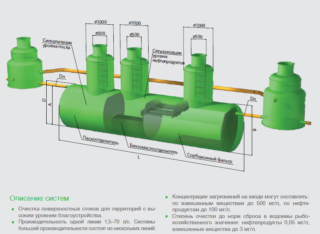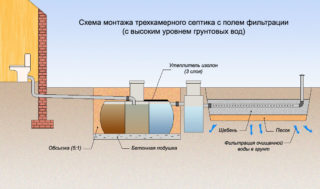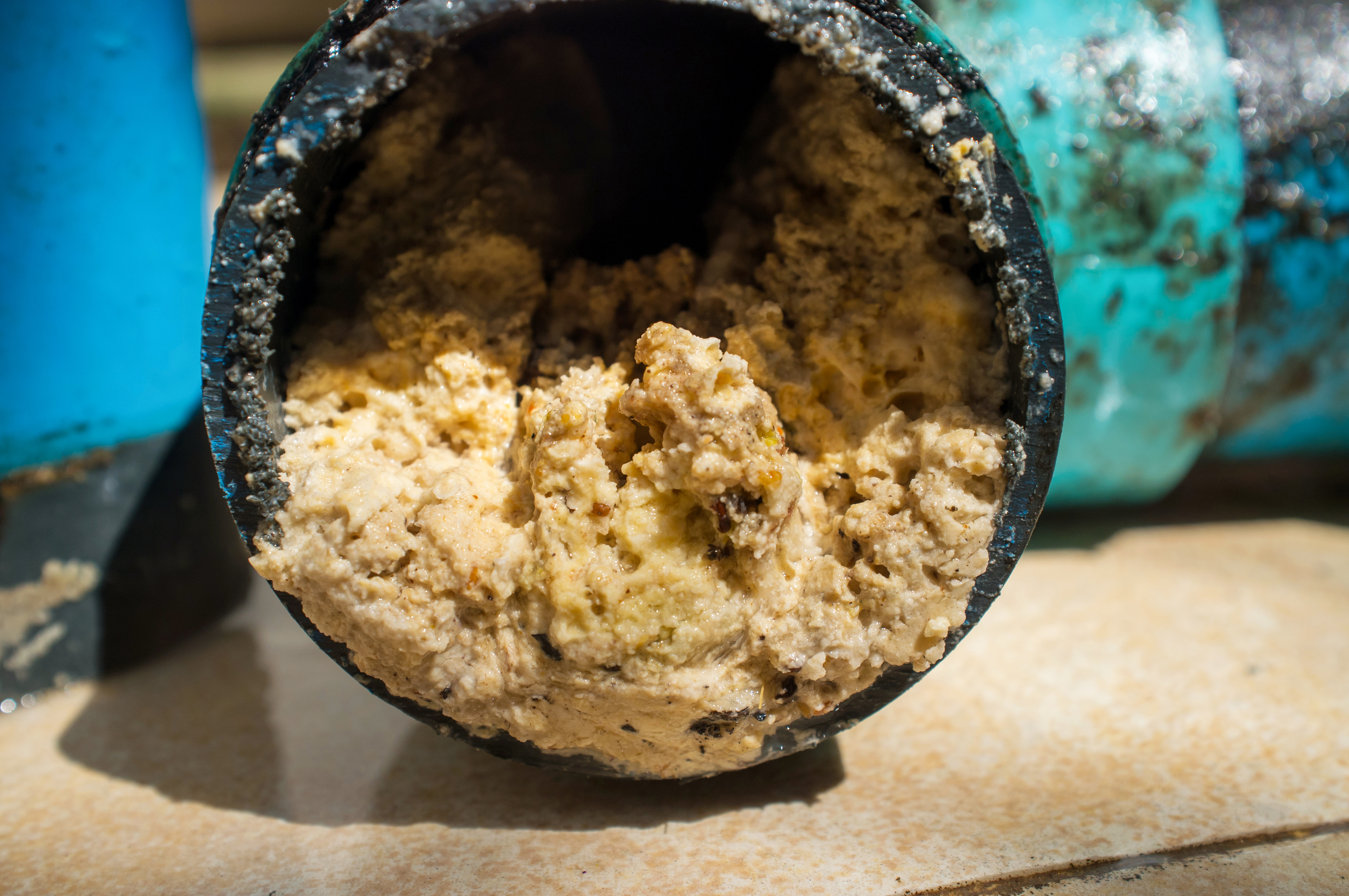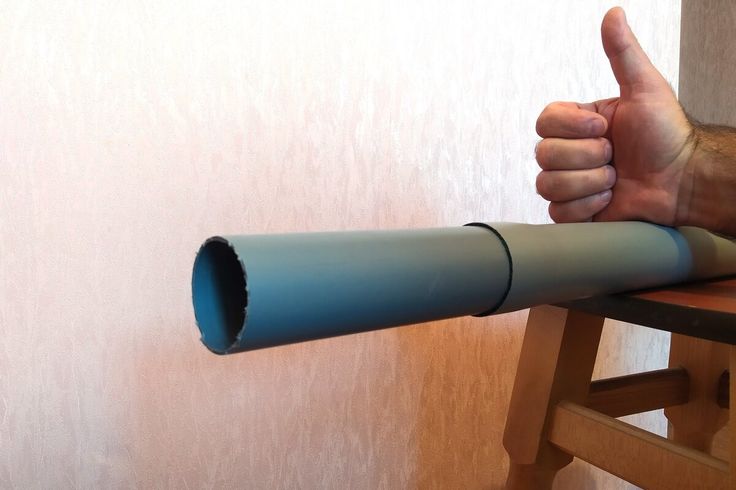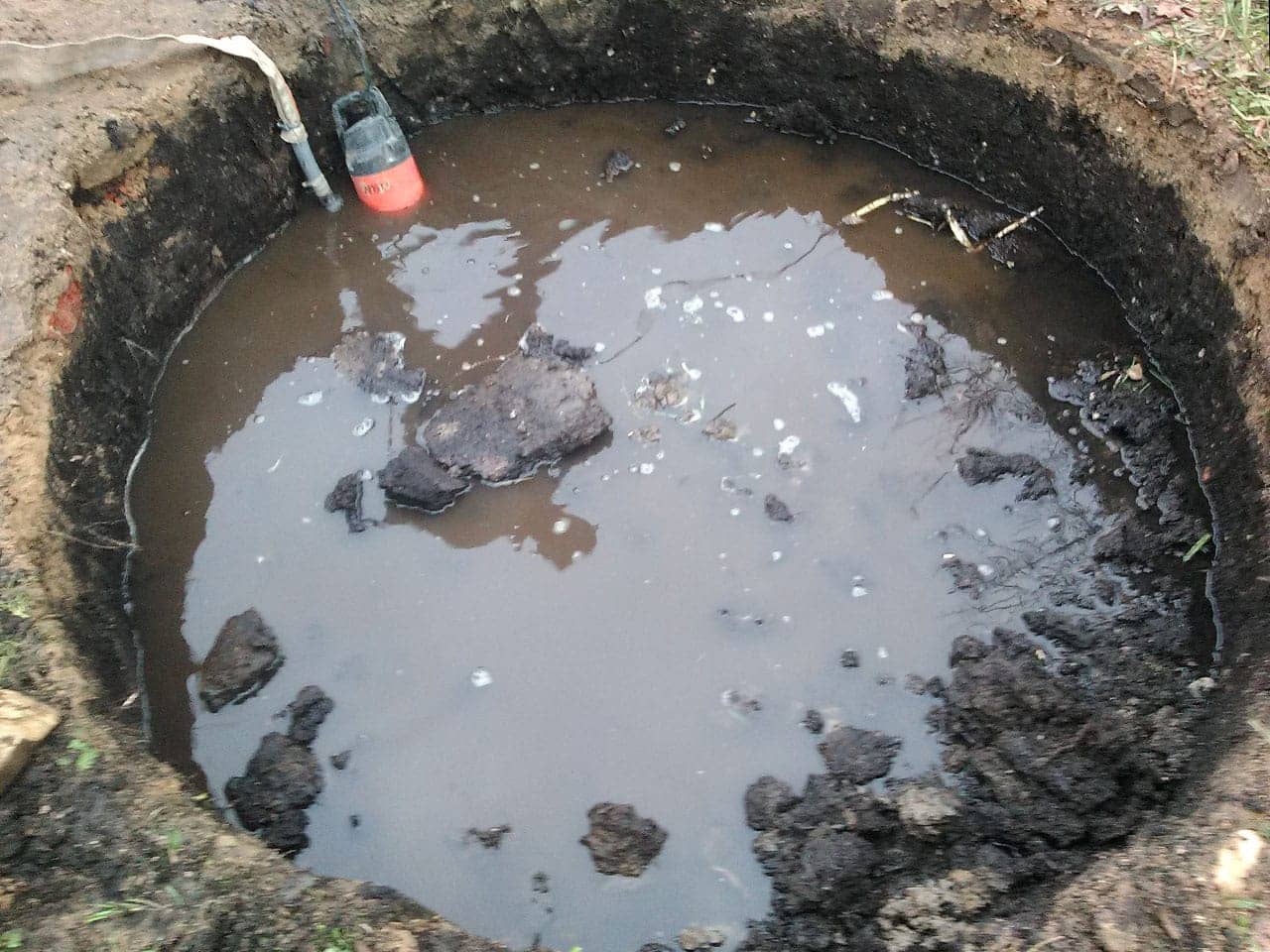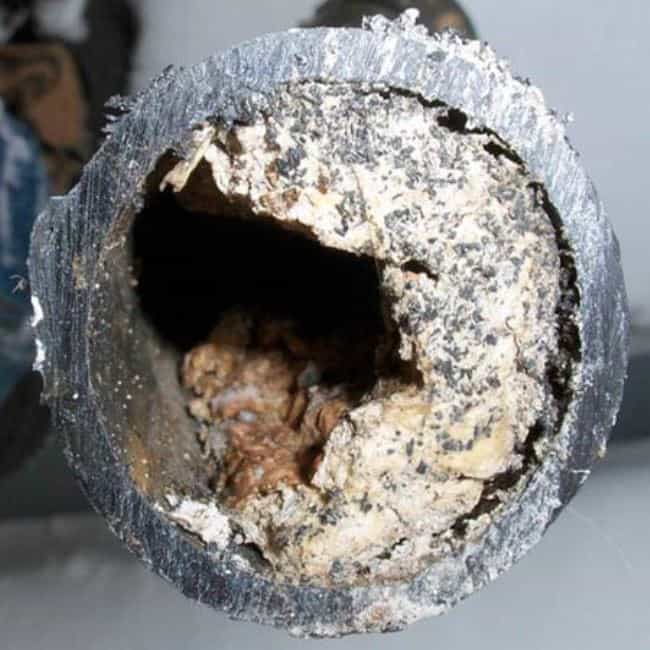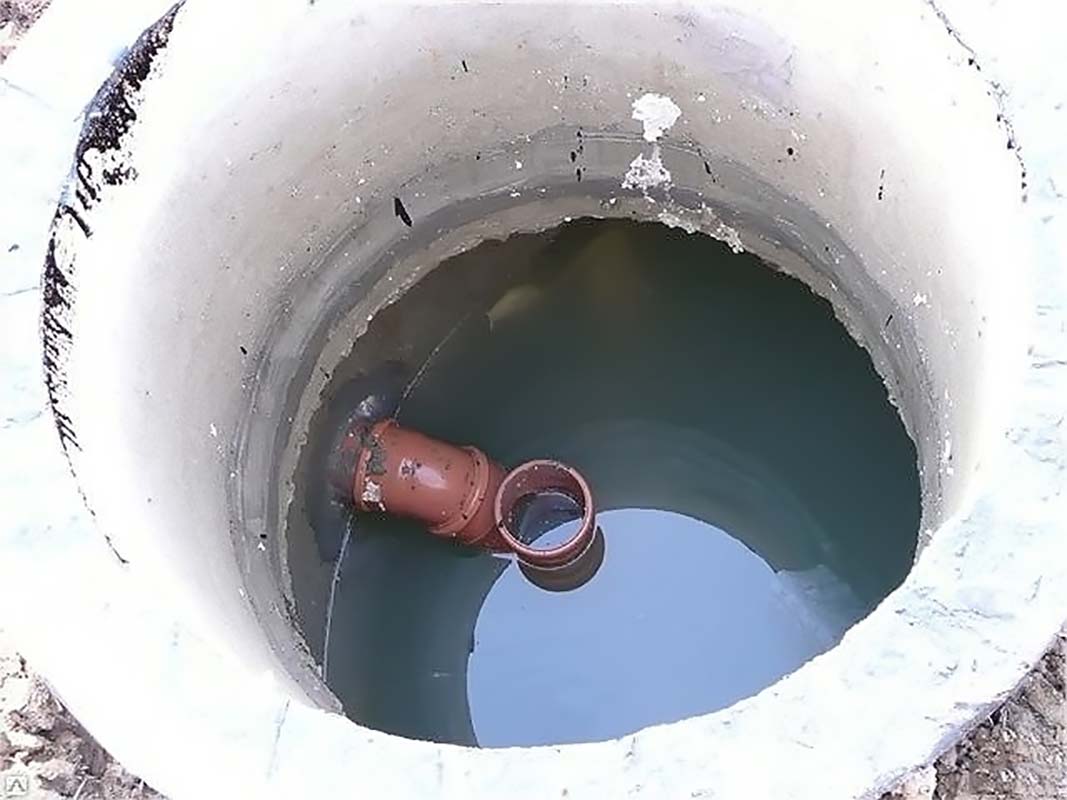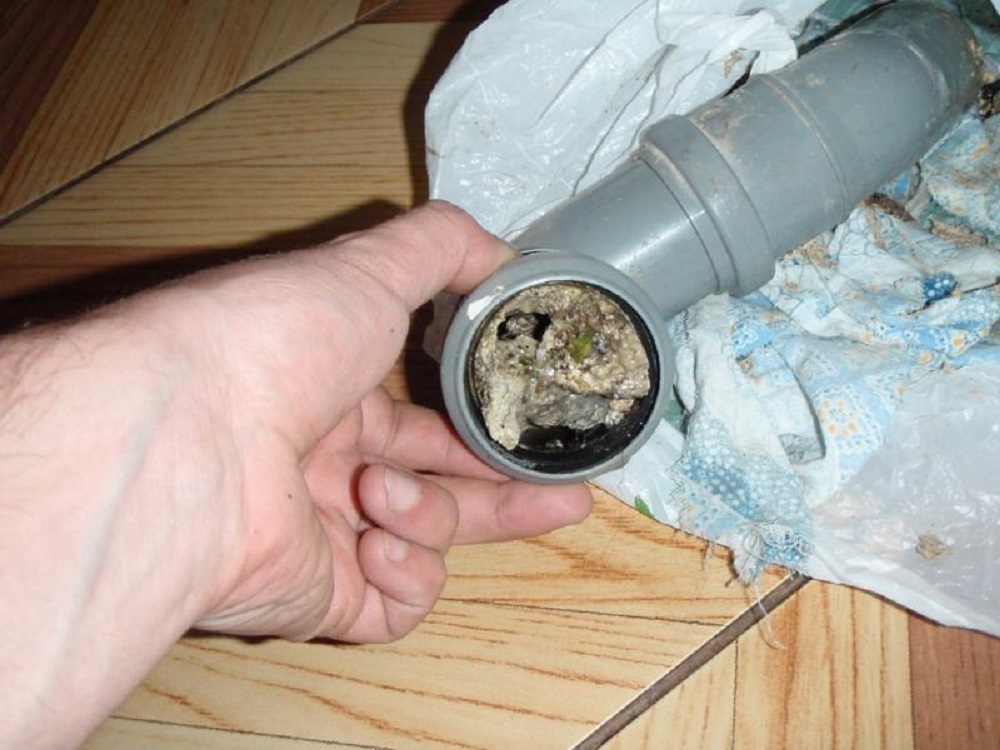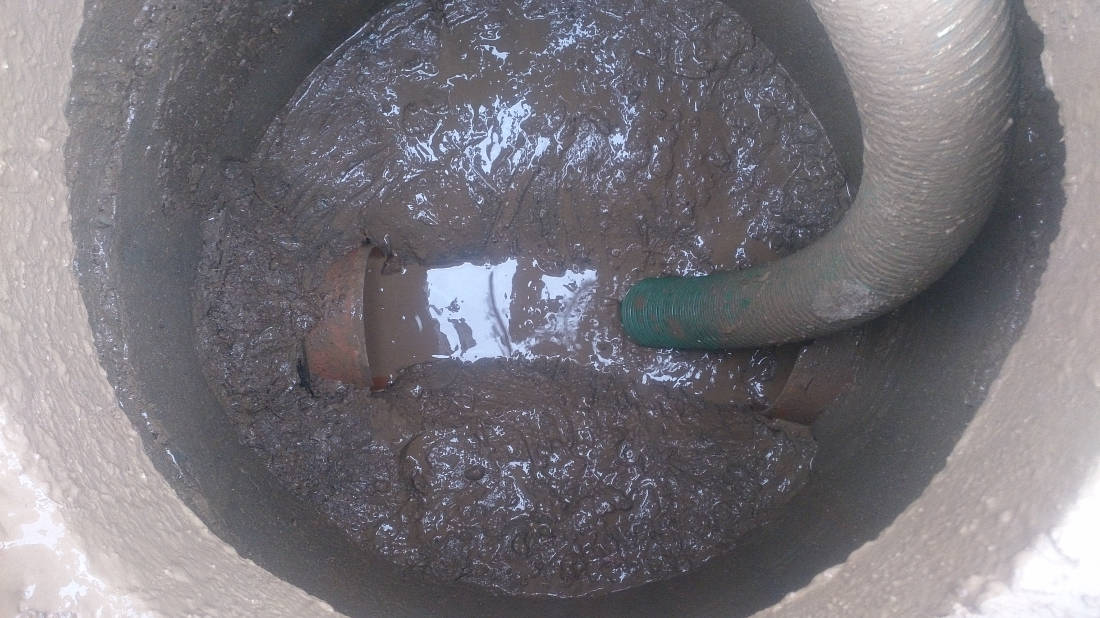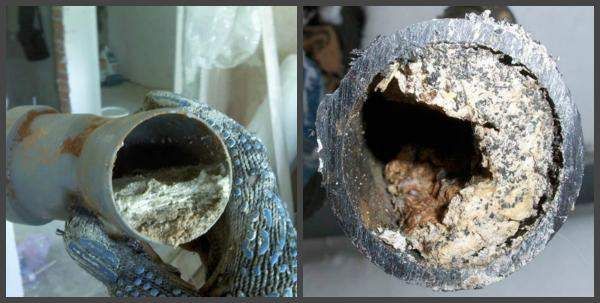A sewage treatment plant (OSK) is a set of technological equipment that allows you to purify wastewater to standard indicators so that they can be discharged into a reservoir or city sewage system without harm to the environment and human health. Their secondary use is possible for the technical needs of industrial facilities.
Varieties of sewage treatment plants
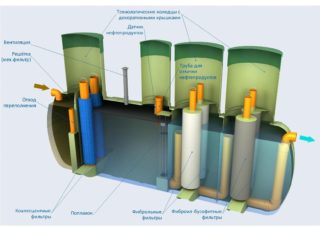
Citywide purifiers pass through a mixture of domestic, industrial and storm water after rain or melting snow. Local wastewater treatment plants (VOCs) are erected at enterprises to eliminate pollution in wastewater before being discharged into the city's sewer network or before reuse. The autonomous type of VOC is chosen for cleaning sewers in private homes.
The main types of purification plants are:
- mechanical OSK;
- biological purification systems;
- devices for enriching clarified waters with oxygen;
- filter adsorbers;
- installations for ion exchange;
- electrochemical and physicochemical blocks;
- disinfection systems.
Purification equipment includes containers where filtered sludge is stored and processed.
Features of functioning
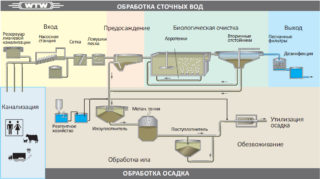
The scheme of operation of sewage treatment plants (WWTP) is based on four stages:
- Mechanical. Large fragments of suspended matter and debris are removed with the help of primary sedimentation tanks, sand traps, grates that prevent debris and leaves from entering.
- Biological. After most of the water-insoluble impurities are removed and the effluent is clarified, the liquid for subsequent purification enters the aeration tank - an installation with extended aeration. It consists of two parts for aerobic and anaerobic cleansing. As a result, organic dirt is split, phosphate and nitrate compounds are removed. After that, the sludge goes into the reservoir, settles for the second time and is divided into active sludge substance and purified water.
- Post-treatment. It is carried out in self-cleaning sand filters or in modern membrane filtering devices. At this stage, the volume of suspended matter decreases to 3 mg / l.
- Disinfection. It is carried out by treating the liquid with ultraviolet radiation with an additional blowing of air to increase efficiency.
The effluent after all stages of cleaning does not pose a threat to nature and can be discharged into a reservoir.
Types and principle of operation of autonomous devices
This type of VOC is installed in household plots. The main types of such sewage treatment facilities are septic tanks and filtration complexes.
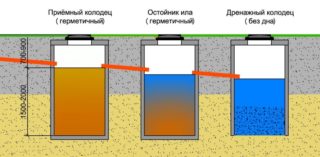
The principle of operation of simple sewage treatment plants of this type:
- From the sewerage system, wastewater is sent through a pipe to the first settling tank, where coarse and heavy pollution settles.
- When the overflow level is reached, the water flows into the second compartment, and the coarse fractions remain in the first.
- Further purification of effluents is due to the work of anaerobic bacteria, which contribute to the decomposition of mud residues into water and nitrites. Water is passed through filtering devices and is purified up to 65 percent.The microorganisms can produce an unpleasant odor.
- Then the liquid enters the irrigation dome - infiltrator. After it passes another filter - soil, the purification quality reaches about 95 percent. This water can be used to water plants in a vegetable garden or garden, as it is considered safe.
Most of these systems operate without the use of electrical energy. Energy independence is one of the main advantages of autonomous installations.
The choice of the optimal system and design features
- the volume of water consumed per day, depending on the number of users;
- sewerage system use mode;
- characteristics of the climatic zone and soil;
- the depth of soil freezing.
When installing industrial VOCs, the location of the supply manifold and compressor devices, the possibility of placing the outlet of purified water, the need for additional equipment are additionally taken into account. You will also need a free access for garbage trucks and sewage disposal equipment.
The design of the structure should provide for all the operational characteristics of the system, sanitary and technical standards and the legal framework.
Regulation according to SNiP
Cleaning structures must comply with sanitary standards and requirements so that problems do not appear in the future. The main documents to be studied before building the installation:
- clauses on "Sewerage of external networks and structures" are spelled out in SNiP 2.04.03-85;
- clause 4.5, SanPiN 2.2.1 "Sanitary protection zone and protective sanitation of classifications of industrial facilities", which describes the standards for the placement of installations;
- FSUE "NII VODGEO", which describes the calculation rules for design.
Compliance with all sanitary and technical rules allows you to guarantee the quality of installation work and avoid various problems with the organizations exercising control.
Installing systems
- design development;
- assessment of the site's readiness for installation work;
- installation of the system;
- connection to communication lines;
- installation adjustment, regulation and adjustment of automatic units.
A comprehensive analysis of installation work is carried out based on the structural characteristics of the structure: its performance, configuration, and also taking into account the specifics of the location of the installation.
Maintenance of treatment facilities
- removal of retained water-insoluble impurities;
- identification of the volume of the formed sludge;
- oxygen testing;
- control by chemical and microbiological criteria;
- testing the performance of all units.
The main stage of VOC maintenance is the prevention of electrical equipment: devices for air injection and pumps for pumping, ultraviolet units with disinfecting radiation.
If we talk about stand-alone installations, the main point of maintenance is the pumping of solid sediments and sludge from the receiver. Such an operation is performed approximately every three years. After that, it is necessary to bring anaerobic microorganisms into the compartment with brushes and fill the reservoir with water. To reduce the contamination of the device, you need:
- selection of the installation of the required volume and performance;
- updating the composition of microorganisms;
- periodic mixing of filter granules.
It is not recommended to pump out all the sludge. It is necessary to leave about 20 percent so that all microorganisms do not disappear.
Correct maintenance of the wastewater treatment plant helps to extend its operation time and reduces the need for specialist assistance.

